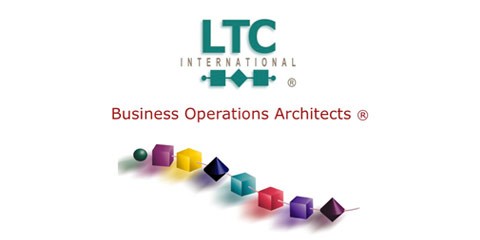
By
Gabriel Matsliach
Convergence of all types: network, service, device, payment type – and even organizations – are both driving and supporting the evolution of the telecommunications landscape. As Internet and media companies enter the arena, the competitive landscape is pushing operators to re-evaluate their networks, service portfolios, and the way they manage their customers.
Three key market dynamics shaping the road to convergence today include: advanced devices, rich web usage, and new mobile data offerings. As end-users increasingly demand more 3rd party mobile applications, advanced handset sales have gone up as well as revenues for developers and OEMs. New applications are taking the mobile industry beyond voice and SMS. To succeed in the mobile application market, operators need to open up their walled gardens to Web developers to provide end-users access to rich personalized applications. Add to the application phenomena the ever increasing popularity in social media and networking sites - operators will for instance allow end-users to update their Facebook Message and send tweets to Twitter from their mobile phones. Consider also the revenue generation opportunities of making mobile applications available to users via the Web; this will enable operators to extend their reach and also to appeal to the Web 2.0 audience.
|
|
Bundling will play a pivotal role in operatorsí strategies. |
|



The RCS Initiative & Beyond
IMS already plays a key role in the rapid deployment of convergent offerings with a single common service and control layer. In an effort to make the types of services mentioned above interoperable and available on a wide range of devices, operators, IMS vendors, device manufacturers and software developers have launched the RCS initiative. This is the first response in addressing the need to build applications and services that provide an interoperable, convergent, rich communications experience based on IMS. For the initiative to succeed, the following key success factors need to be met:
|
|
|
|

However, the above market trends call for the creation of the right conditions to be in place to enable a more seamless usage experience across different communication modes like mobile devices, laptops, and/or PCs --- also known as Rich Communication Services (RCS). The existing silos of telephony and messaging no longer fit an evolving user experience looking to blend voice, video, messaging and file transfers. When charging for RCS services, operators will have to charge end-users for their communication and content through any means of access and payment type. Moreover , because RCS involves mixing communication and content sharing, bundling will play a pivotal role in operators’ strategies. |
|

- RCS applications need to be interoperable, allowing for an RCS service from one operator to work with the RCS offering of another
- Mobile RCS applications need to work on a larger range of devices beyond the high-end smart-phones
The RCS feature set will allow for a blending of voice, video, and interactive messaging built into a comprehensive user experience. RCS in itself will not bring in new technologies but it
article page
| 1
| 2 | 3 | |
|






